- News
- Reviews
- Bikes
- Accessories
- Accessories - misc
- Computer mounts
- Bags
- Bar ends
- Bike bags & cases
- Bottle cages
- Bottles
- Cameras
- Car racks
- Child seats
- Computers
- Glasses
- GPS units
- Helmets
- Lights - front
- Lights - rear
- Lights - sets
- Locks
- Mirrors
- Mudguards
- Racks
- Pumps & CO2 inflators
- Puncture kits
- Reflectives
- Smart watches
- Stands and racks
- Trailers
- Clothing
- Components
- Bar tape & grips
- Bottom brackets
- Brake & gear cables
- Brake & STI levers
- Brake pads & spares
- Brakes
- Cassettes & freewheels
- Chains
- Chainsets & chainrings
- Derailleurs - front
- Derailleurs - rear
- Forks
- Gear levers & shifters
- Groupsets
- Handlebars & extensions
- Headsets
- Hubs
- Inner tubes
- Pedals
- Quick releases & skewers
- Saddles
- Seatposts
- Stems
- Wheels
- Tyres
- Health, fitness and nutrition
- Tools and workshop
- Miscellaneous
- Cross country mountain bikes
- Tubeless valves
- Buyers Guides
- Features
- Forum
- Recommends
- Podcast
review
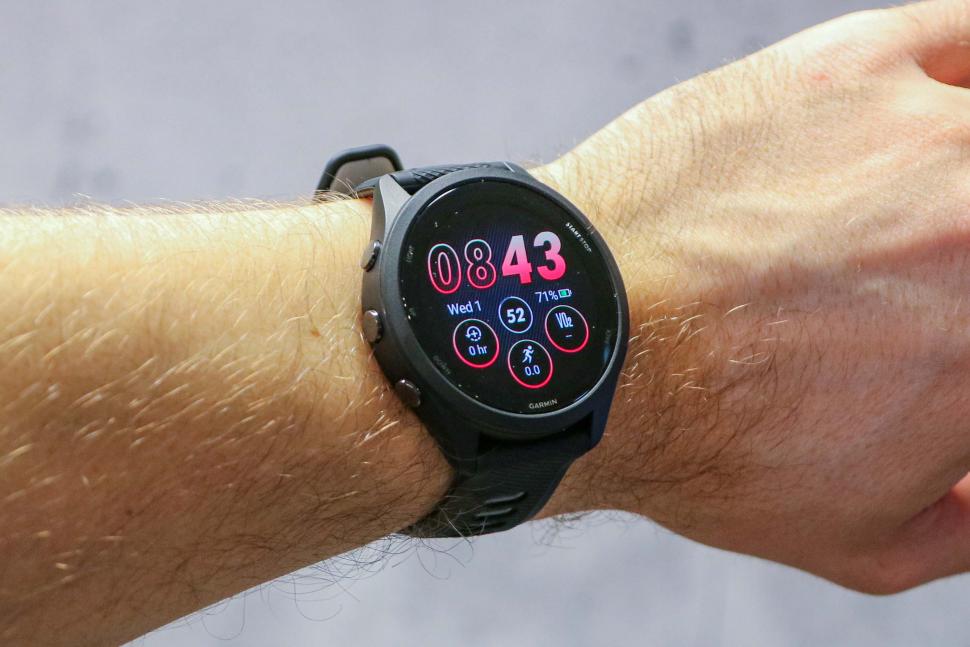 2023 Garmin Forerunner 265 - 2.jpg
2023 Garmin Forerunner 265 - 2.jpg£429.99
VERDICT:
Good in many ways, but awkward viewing and lack of mapping means it's not well suited to bikes
User-friendly health data
Excellent multi-band GPS
Heart rate sensor
No mapping
Unlit screen hard to see when it's sunny
Screen activation is awkward while riding
Weight:
48g
Contact:
At road.cc every product is thoroughly tested for as long as it takes to get a proper insight into how well it works. Our reviewers are experienced cyclists that we trust to be objective. While we strive to ensure that opinions expressed are backed up by facts, reviews are by their nature an informed opinion, not a definitive verdict. We don't intentionally try to break anything (except locks) but we do try to look for weak points in any design. The overall score is not just an average of the other scores: it reflects both a product's function and value – with value determined by how a product compares with items of similar spec, quality, and price.
What the road.cc scores meanGood scores are more common than bad, because fortunately good products are more common than bad.
- Exceptional
- Excellent
- Very Good
- Good
- Quite good
- Average
- Not so good
- Poor
- Bad
- Appalling
The Garmin Forerunner 265 is a good multi-sport watch, and the new AMOLED screen can look great... yet it's not well suited to cycling, unfortunately. This device gives a lot of really useful, customisable data to aid your training and general health, but visibility issues and lack of mapping means there are better options out there for cyclists.
The Forerunner 200 series was previously considered to be running specific. However, now it can track a lot of different sports and is definitely a multi-sport watch. I tested it over a variety of activities including cycling, running, swimming and hiking.
The watch is quick to set up, taking only a few minutes in Garmin Connect. It easily pairs to the app, and imports existing data and settings if you are already a Garmin user.
The 265 collects a huge amount of data, which you can customise to your needs. It is divided into subcategories to make it easier to find your desired fields, and the fields can be amended on your phone and synced afterwards – which makes tweaking things much easier.
You can easily sync to a power meter, an external heart rate strap and Varia lights, amongst other accessories. You can also sync it to your head unit and broadcast your heart rate from your watch. However, if you have Shimano Di2 you can't – you need the Forerunner 955/965 instead.
You can easily add structured workouts or follow the recommended (and activity-specific) daily workout, and you can also use a Garmin Coach workout or training plan.
Afterwards it awards you a training status based on whether the session was helping improve your fitness or not, and details your training load and training balance. It also gives you a suggested recovery time – it once told me four days after a particularly brutal chaingang!
Screen
At 46mm across this matches the largest 'normal' watches out there, and gives a good balance between display size and wearability. If you want a smaller case (and screen), there's a 42mm version called the Forerunner 265S.
I was quite sceptical of the new screen at first, as it has increased the price of the Forerunner series. For the first time it's using an AMOLED screen, with 416x416 pixel resolution, but in the event I liked the colours and the impact on battery life isn't too significant. The touchscreen is great, and though it's sensitive it never unintentionally triggers. Off the bike the screen is a nice upgrade.
You can set the touchscreen to be active or not dependent on sport.
Into the light
However, whilst cycling I found the screen harder to see at its base brightness than a traditional one. Whilst riding on the hoods, if you glance without activating the screen it's readable enough in dull conditions, but impossible to read when sunny. Here it is unlit:
And here it is when it's activated:
You need to turn your wrist in an exaggerated manner to activate the screen, but if you ever ride on the tops (next to where you bike computer would go) then it'll never work – and the same with a quick release mount if you put the watch on that. It just won't/can't move enough to light up.
It is at least easy to read once the gesture activates the screen, however sunny it is. Consequently it's fine for running, although there is a little lag each time.
There is an option to tap the screen to activate it instead of twisting your wrist, but that's no better suited to cycling – especially at speed in a group. Ideally, I'd like to be able to read the watch with a quick glance whilst riding along at a good pace, as is possible with the Garmin 955 I tested last year. But the way this new screen works means you can't do it.
Amongst my group of club mates who are into multi-sports, most have a head unit and a watch, so are less likely to rely on this for cycling. However, if you want to use this as your only device across running and cycling I think you'd be better off with an older-style screen, such as found on this Garmin 945. Here's a comparison, with the new Forerunner lit up:
And here's the same thing, only with the Forerunner at its default brightness:
The older screen is far more legible with each watch in its most common state.
False face
The screen can be customised with a range of different faces, either with a classic analogue look or a digital display which can show everything. The default was far too busy for me but it is easy to change; if you can't find one you like on the device, Garmin Connect IQ has even more options.
The start/stop button has been redesigned, and though some riders may be dismayed it says 'run,' it's easier to use than the old one.
Navigation
It is easy to load a route, whether that's via Garmin Connect, a direct import or by auto-syncing with a route-making platform such as Strava or Komoot. You can add the route during an activity too, which is useful if your plans change or you just forget before you turn up...
The 265 lacks full mapping, though, and just uses arrows and a line. I found it easy to follow whilst running, as you are not going that fast and it's easy both to look at your watch and to turn around safely if you miss your turn.
However, it's a bit basic and I found it fairly easy to miss turns if I was going a decent speed or there were a few junctions close to each other.
This also doesn't have ClimbPro and Power Guide, which I've enjoyed using on my Garmin 540, and nor does it have Real Time Stamina. You'll need the Forerunner 955/965 for that.
Connectivity and heart rate
The Forerunner 265 supports ANT+ and Bluetooth sensors, enabling you to connect power meters and heart rate sensors if you prefer an alternative to the wrist-based measurement.
I compared the wrist measurement against my Garmin HRM Pro strap across a variety of rides and intensities, and found it agreed very accurately (so long as the watch is closely fitted). One one hilly three hour club run, for instance, the Forerunner 265 logged an average of 145bpm with a max of 180bpm, while the strap said 143bpm and 182bpm.
Delving into the data in a bit more detail it performed well. It closely matched the times in each heart rate zone. You can also broadcast the heart rate to your head unit if you don't want to wear a chest strap. There does seem to be a bit of a lag, and occasionally I saw a difference between the watch and strap when starting an effort, but overall it's good.
It is essential to wear the watch fairly tight and position the sensor correctly to get accurate readings. On a few runs where I forgot to tighten it the first few minutes it was reading really high; once I adjusted it the readings were much more sensible, dropping around 20bpm.
Unlike older models, the 265 doesn't require a heart rate strap to calculate running dynamics and running power. Instead, power can be used to manage your effort, especially on the hills and trails, so there's nothing to be gained from adding a strap.
Health monitoring
The Forerunner 265 collects a vast array of data which can be used for monitoring your health. One new feature is the 'Morning Report,' which gives you a snapshot of your sleep, recovery, heart rate variability and other customisable metrics. This is a really good feature for presenting data in a user-friendly format you actually use.
I'd say wearing a smartwatch which tracks sleep, stress and heart rate variability is one of the key ways of getting more in tune with how certain activities impact your body. I noticed that I rarely sleep well after a late evening, high-intensity training session, and that was visible in my sleep and heart rate variability score.
One less for the road
The impact of alcohol is very noticeable too. After an overindulgent weekend away with some friends, the watch kept saying 'HRV unbalanced,' 'Strained,' and gave me a low training readiness score. It didn't buy a single round, either.
The Training Readiness metric is new to the Forerunner 265. It takes data from sleep, training load, heart rate variability, recovery from training and stress and then provides you with a readiness score – good for helping you decide if you are up to that tough interval session.
I really like this feature, and miss it when I don't have access to it. Whilst I have a good understanding of how my body feels and what type of training to do, I am also guilty of joining friends for a training session when my body would prefer a rest. This feature helps.
The watch also suggests training sessions based on your training load readiness and your level of fitness using data collected from previous sessions. These were typically pitched at the right level (provided the Garmin has sufficient data), and suggests different sessions to balance your base aerobic training and more high intensity work. You can switch them between power or heart rate targets for cycling, and pace for running.
And... sleep
As with most smartwatches the 265 tracks your sleep, giving you details on duration, its phases, a general comment about its quality and a score out of 100. It usually tied up well to how I thought I slept, although if you have slept very poorly you probably don't need a watch to tell you that. It did struggle if I was reading before I went to sleep or if I was lying in bed upon waking, though. It also doesn't track naps.
The watch also tracks your heart rate variability, i.e. whether it's a particularly regular or irregular beat. I find this a really good predictor of how my training was going to go that day and as a proxy for wellbeing. If the score is low (relative to your baseline), then that hard session you have planned may be tough. Over time I found if I did a harder training session (particularly running) when my score was low, I often felt at risk of cramp or picking up a niggling injury.
If you are new to the Garmin ecosystem it takes around three weeks of consistent use to establish a personal baseline in the data, and then the trends and data become more useful. If you are already a Garmin user it'll take any available data from your Garmin Connect.
As with all smartwatches, to get the most out of if you need to wear it the vast majority of the time, including in bed. This is especially true for the variability tracking and the training readiness metrics. Luckily it's very light and not at all bulky, and I found even this extended wear comfy.
Battery life and charging
The battery life depends on the mode you choose. The most interesting figures are for SatIQ mode (which uses multi-band GPS when necessary), where Garmin claims 16 hours. I found this a little on the conservative side. I did a long ride totalling 12 hours with stops, and it went from 100% to 40%. I tended to charge it around every four to five days.
This is far from the longest on the market – Garmin's Enduro 2 claims a whopping 68 hours – but 16 hours is longer than most people would do without stopping. It certainly wouldn't put me off buying it.
The charging cable uses Garmin's proprietary connector (the other end is regular USB-C) and it's very quick. One quick 20-minute charge added 33% to the battery, and my subsequent two hour ride only burnt 13%.
Unlike some of the recent Garmin devices this doesn't have solar charging. I think that is a wise move: it increases cost and feels a bit unnecessary anyway, especially given how fast it charges from the mains.
Time is money
The watch supports Garmin Pay, so you can make contactless payments with it. However, the only major UK banks currently supported are Santander, Starling and Revolut (although you can use the Curve app and link any bank).
After washing my bank card too many times I thought I'd give it a go. It was super easy to set up in Garmin Connect and accepted everywhere.
The watch also supports music, and you can use Garmin Connect to sync to your chosen music app. I synced up some auto-updating playlists, which meant I got new music every time I charged, then connected some wireless headphones. It works well. Music has a big impact on battery life though, reducing it from 16 hours to 6.5 hours on the SatIQ mode.
Notifications
The Forerunner 265 will keep you updated with notifications, provided your phone is within range. You can block certain apps and set the watch to 'do not disturb,' and I found this pretty good whilst I was working.
It doesn't have a microphone so you can't use the watch for calls, but you can answer calls with it then use your phone or headphones to actually speak. I personally wouldn't answer a call whilst running or cycling anyway, and the rest of the time I'd have my phone, so this seems fine to me.
You can also decline the call or send a pre-written message such as 'On my way' or, more bizarrely, 'I'm beating yesterday.' You can customise the responses for messages but not, weirdly, for calls.
Value
At £429.99, this is midrange for a smartwatch, if obviously still not a small investment. I'd say if you are a multi-sport athlete that has a head unit already then this is a good choice, but if you want proper navigation there are better options out there.
Last year I tested the Garmin Forerunner 955, and the non-solar edition is £479.99 (plus it's likely to be discounted now the Garmin 965 is out). It doesn't have the AMOLED screen but it does have maps, ClimbPro and almost everything else this watch has. If I didn't have a head unit then I'd definitely choose the 955 over the 265.
Wahoo's Element Rival is £299.99, can track and record all activities, and will link to the Element Bolt for multi-discipline activities. At the time of writing, Wahoo was offering it with £100 off.
The Apple Watch Ultra which George liked is almost twice the price of this Garmin at £849. It's physically quite large too – I tried my friend's and I found it a bit big for my wrist.
Overall
The Forerunner 265 is a good watch. It has a nice-looking AMOLED screen (at least when it's fully lit or it's not too sunny), the training and health data is great. The battery life is really good and it charges very quickly too. However, for cycling it can be awkward to use, and is outperformed by units with older screens – and those with full mapping too.
Verdict
Good in many ways, but awkward viewing and lack of mapping means it's not well suited to bikes
road.cc test report
Make and model: Garmin Forerunner 265
Size tested: One Size
Tell us what the product is for and who it's aimed at. What do the manufacturers say about it? How does that compare to your own feelings about it?
Garmin says:
"What if your next race was the performance of a lifetime? And personalised daily suggested workouts helped you do something you've never done before? With the Forerunner 265 running smartwatch, you'll see every insight lit up on a bright and colourful AMOLED touchscreen display. Get ready to be better for it."
Tell us some more about the technical aspects of the product?
Garmin says:
1.3" colourful AMOLED display
Up to 20 hours of battery in GPS mode
Advanced training metrics and recovery insights
SATIQ and multi-band GPS
Touchscreen and buttons
Music on your wrist
Morning report
Training readiness
Training status
HRV status
Sleep tracking
Rate the product for quality of construction:
9/10
Rate the product for performance:
7/10
Rate the product for durability:
9/10
Rate the product for weight (if applicable)
9/10
Rate the product for comfort (if applicable)
8/10
Rate the product for value:
5/10
The price is largely in line with other smartwatches.
Tell us how the product performed overall when used for its designed purpose
This is good for running and swimming, and great for general health tracking. However, for cycling the screen isn't easy to see and the lack of maps means there are better options elsewhere.
Tell us what you particularly liked about the product
The Morning Report feature and HRV stress status were good at understanding training and recovery.
Tell us what you particularly disliked about the product
There are no maps, and the screen is not well suited to cycling.
How does the price compare to that of similar products in the market, including ones recently tested on road.cc?
The Garmin Forerunner 265 is £50 cheaper than the Forerunner 955 I tested last year, which has maps – but not an AMOLED screen. See the review for more comparisons.
Did you enjoy using the product? Partly - not for cycling
Would you consider buying the product? Not for cycling but for other uses
Would you recommend the product to a friend? Not for cycling but for other uses
Use this box to explain your overall score
Overall, this is a good multi-sport watch. The training and health data is excellent, the battery life is long enough for most activities, and charging is fast. I really liked the new screen for general use, but for cycling in sunny weather it wasn't always easy to see.
This also lacks mapping, so I wouldn't recommend as your only training device if you mainly cycle and like to do new routes.
About the tester
Age: 35
I usually ride: Specialized Roubaix My best bike is: Cervelo S3
I've been riding for: 10-20 years I ride: Most days I would class myself as: Expert
I regularly do the following types of riding: road racing, touring, club rides, general fitness riding, Indoor
Latest Comments
- dh700 2 sec ago
It's going to be a long, long time before the world starts running out of steel-framed bikes of any description. I pick up one or two a year for...
- Zebulebu 2 hours 35 min ago
You can't enter BC races because you don't have a BC license?...
- LookAhead 34 min 19 sec ago
I didn't take him to be calling this particular incident a mere encounter but rather to be using "encounters" to mean "opportunities for violent...
- Rendel Harris 5 hours 25 min ago
Come on guys, appreciate all the entertainment you provide and discussion you provoke but really, two seconds just skimming your articles for...
- chrisonabike 7 hours 1 min ago
Councils don't seem terrible keen ... maybe eburtthebike can give us the insider view in why not?...
- Hirsute 10 hours 19 min ago
Another pathetic sentence for killing a cyclist....
- Surreyrider 10 hours 39 min ago
You sound like the PR for hookless wheels. ...
- HoarseMann 11 hours 37 min ago
...and maybe a third? Don't forget the M49 'ghost' junction: https://www.bristolpost.co.uk/news/bristol-news/work-m49-ghost-junction-...
- ubercurmudgeon 14 hours 2 min ago
What a shit world we've created.












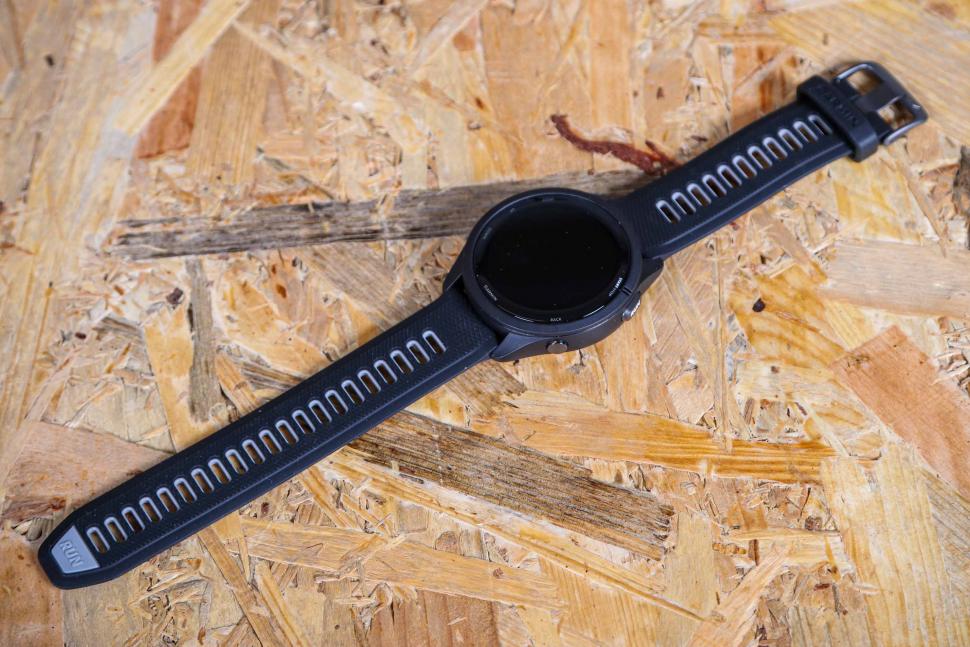
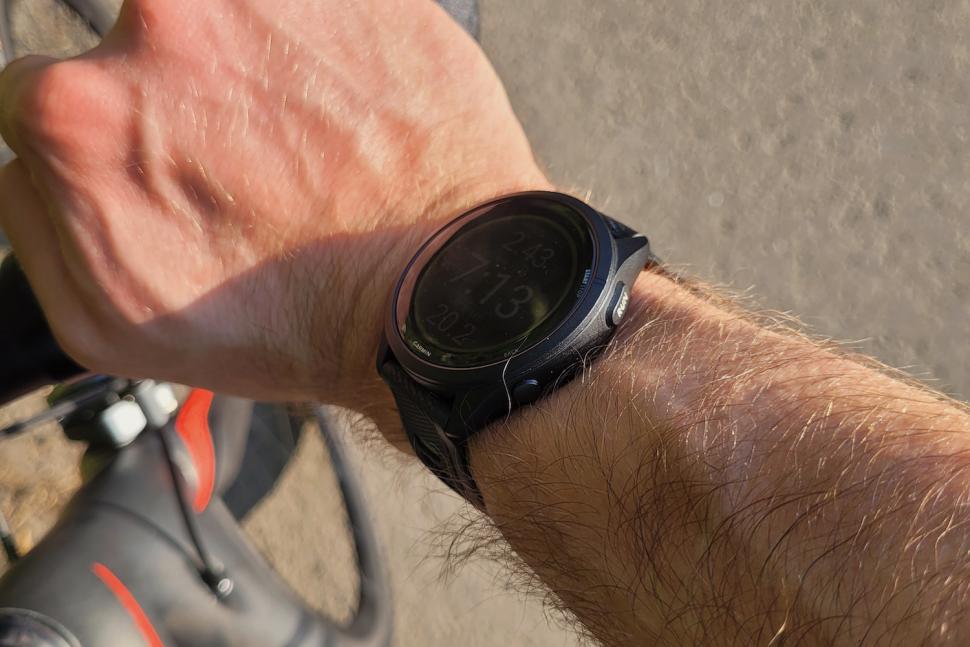

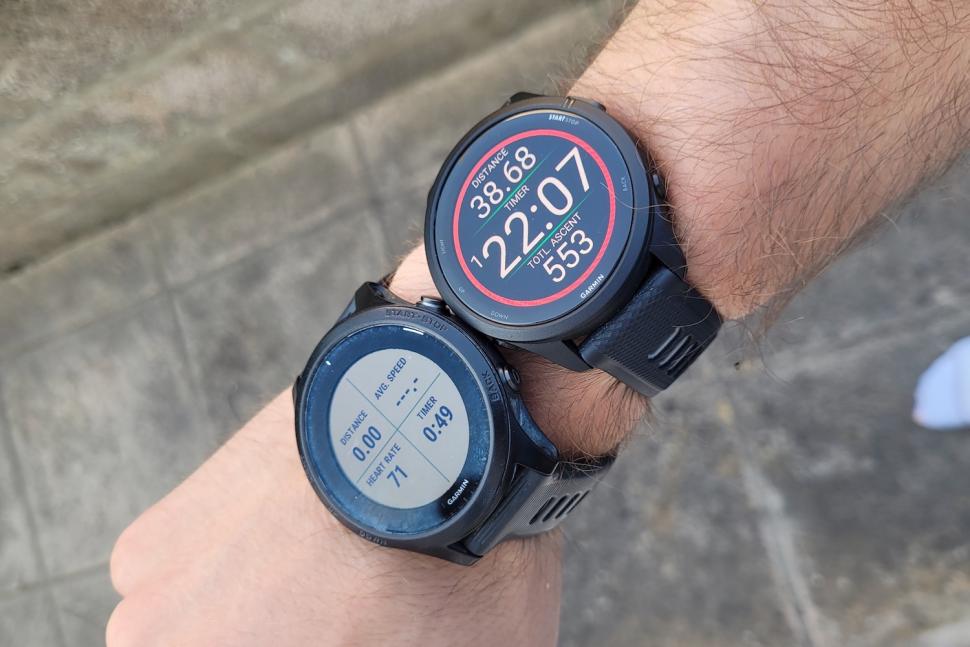
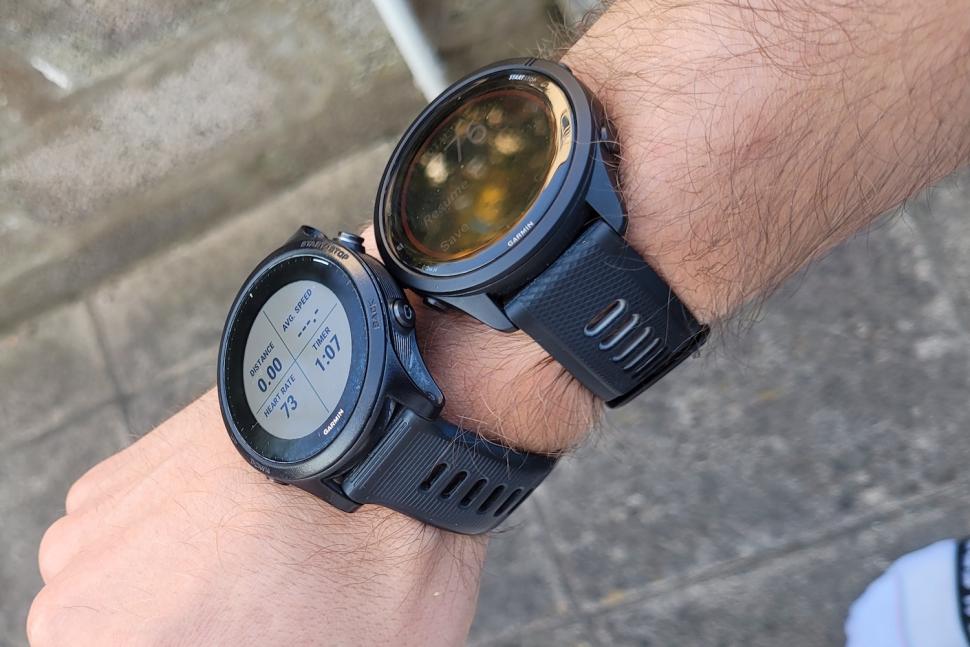
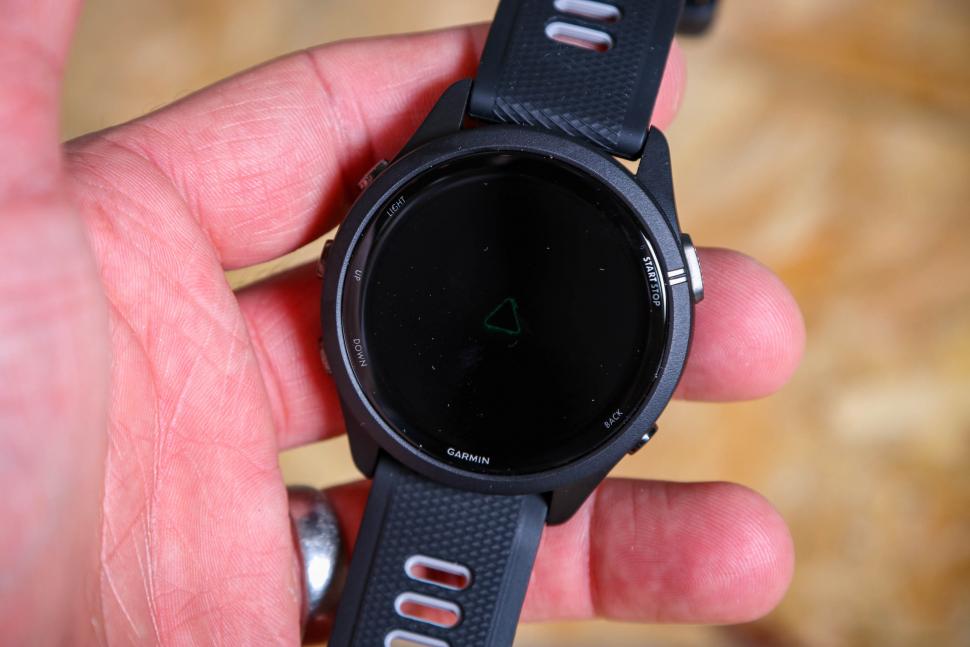

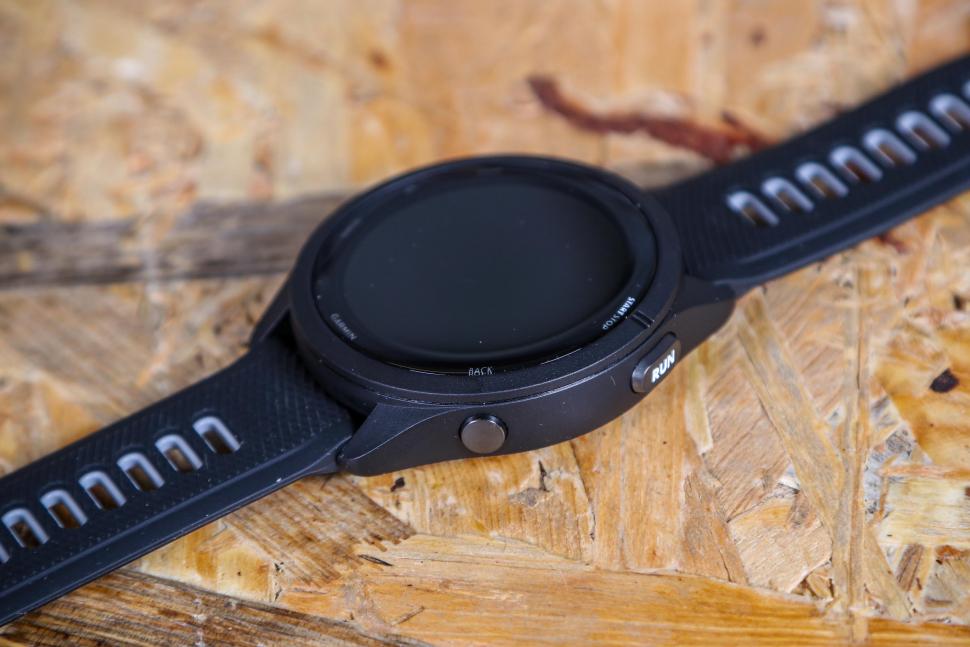
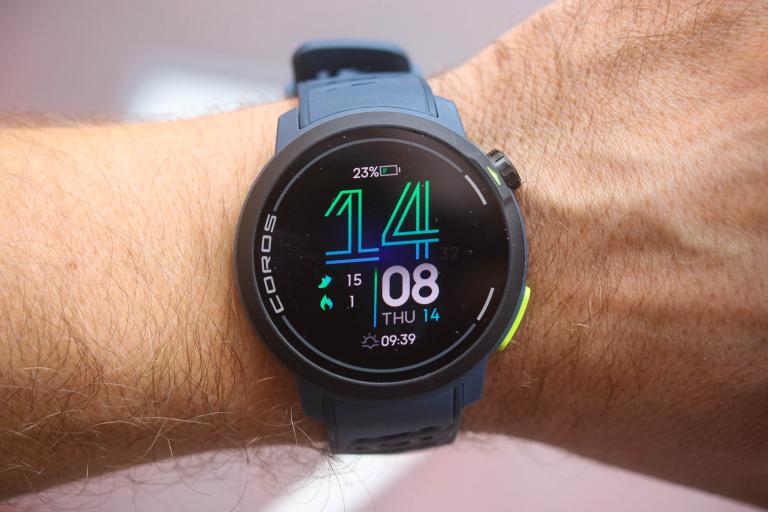
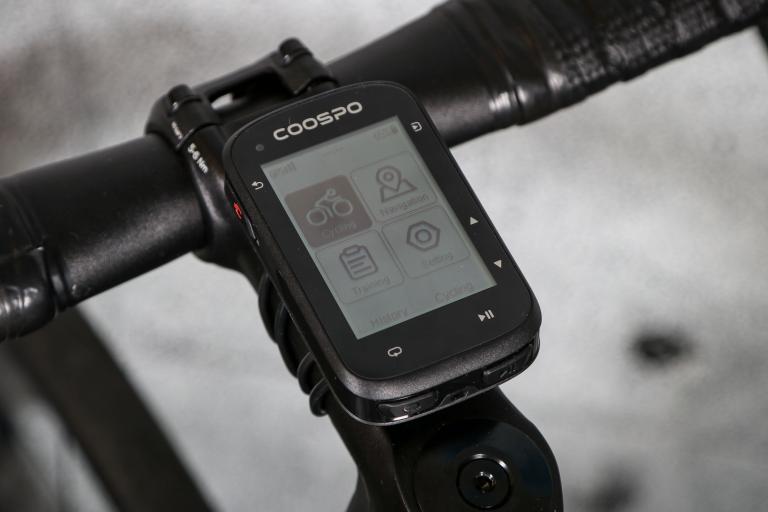
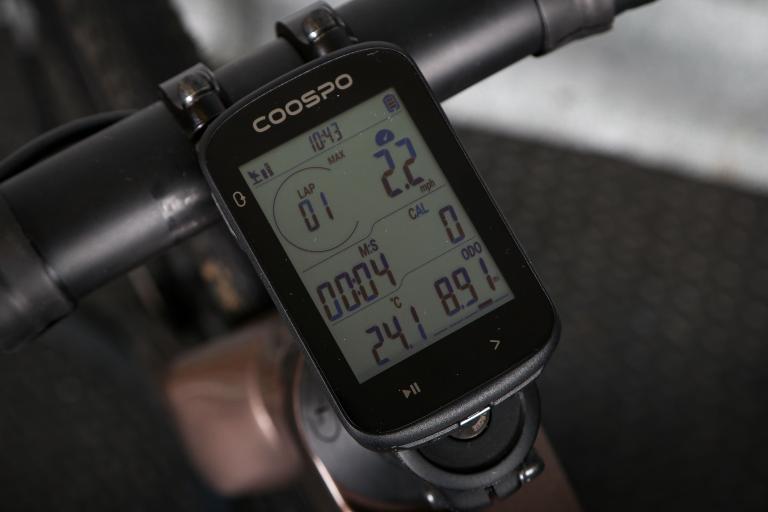
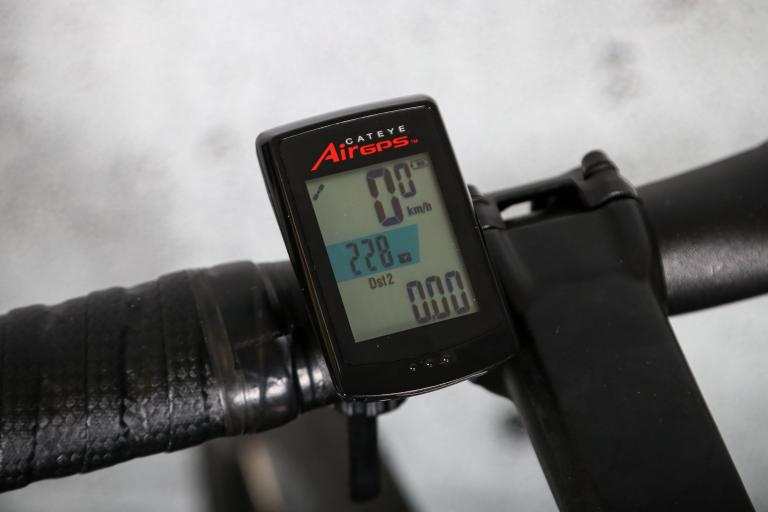
Add new comment
3 comments
Although you don't natively get maps on the 265 you can them via apps in the Garmin Connect store, including one I've written called Mappily. You can even use them without a data connection by downloading them in advance. I built the app because I wanted maps and didn't want to buy a Fenix or similar.
The 965 or Fenix's are great, but I agree, just save yourself £200 and get the 265 with Mappily. Awesome app.
And it even works on my non-sporty Venu 2
Top Marks!